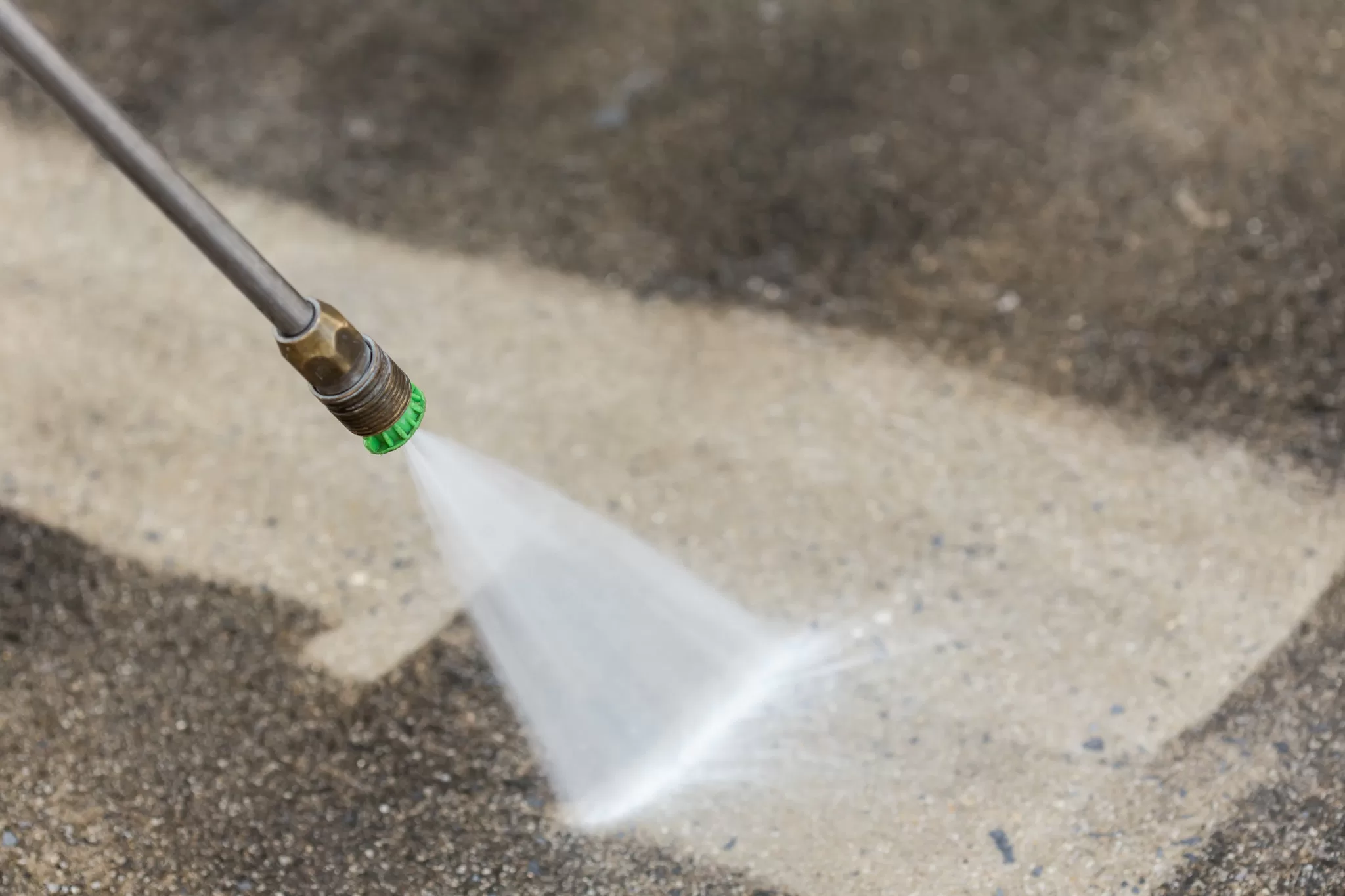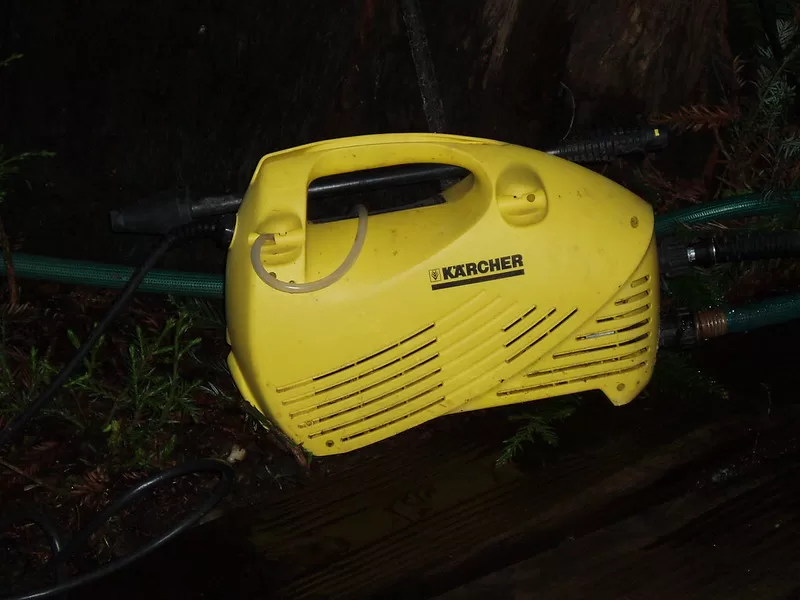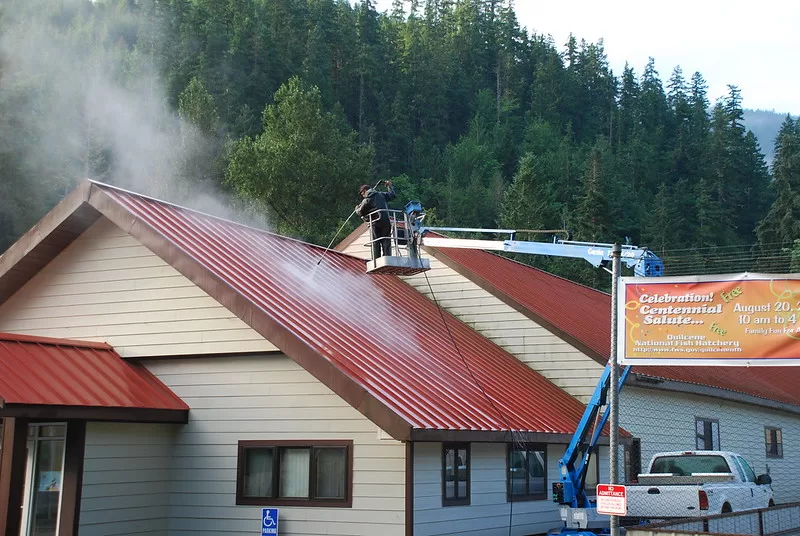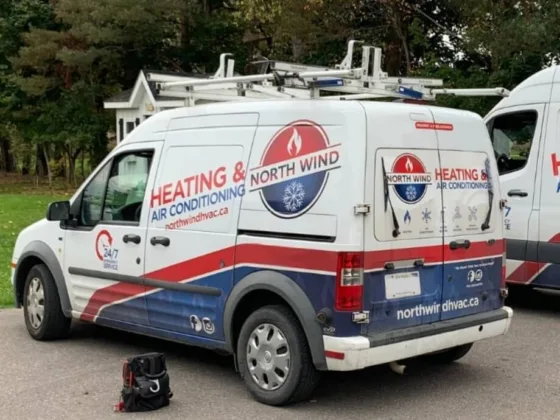Pressure washing is a powerful cleaning technique that has revolutionized the way we tackle dirt, grime, and stubborn stains.
Whether it’s your home exterior, driveway, patio furniture, or even your car, pressure washing can effortlessly restore surfaces to their former glory.
But before you embark on this high-pressure adventure, it’s important to understand the ins and outs of pressure washing.

From equipment selection and safety precautions to proper techniques and post-cleaning maintenance, this article will equip you with everything you need to know about pressure washing.
In this comprehensive guide, we will unravel the intricacies of pressure washing, providing you with the essential insights, benefits, and techniques needed to navigate this powerful cleaning solution.
Understanding Pressure Washing
At its core, pressure washing involves the use of high-pressure water to dislodge dirt, grime, mold, and other impurities from surfaces.
This method is particularly effective due to the sheer force of the water stream, which can effortlessly remove even the most stubborn accumulations.
Pressure washing isn’t just about aesthetics; it offers a plethora of practical advantages.
Firstly, it enhances the curb appeal of your property, making it more inviting and valuable.
Secondly, it prevents the deterioration caused by accumulated dirt and mold, which can lead to costly repairs down the line.
Finally, pressure washing can be a time-efficient solution, providing a thorough cleaning in a fraction of the time it would take using traditional methods.
So get ready to unleash the full force of water and witness just how transformative this cleaning method can be!
1. Essential Equipment and Supplies
Before embarking on a pressure washing endeavor, it’s crucial to assemble the necessary equipment and supplies.
Read Also :
The centerpiece is the pressure washer itself, which comes in various types and sizes.
You’ll also need a reliable water source, extension cords, safety gear like goggles and gloves, and cleaning solutions tailored to the specific surfaces you plan to clean.
2. Safety Precautions
While pressure washing can be highly effective, it’s not without its risks.
Prioritize safety by wearing appropriate protective gear, including goggles to shield your eyes from debris and gloves to protect your hands from the high-pressure water.
Also, ensure you maintain a safe distance from the surface you’re cleaning to avoid injuries.
3. Choosing the Right Pressure Washer
Selecting the appropriate pressure washer is pivotal for achieving optimal results.
Key factors to consider include the machine’s PSI (pounds per square inch) and GPM (gallons per minute) ratings.
Higher PSI and GPM values are suitable for more robust cleaning tasks, while lower values are better for delicate surfaces.
4. Mastering Pressure Washing Techniques
While pressure washing may seem straightforward, employing the right techniques is essential for efficiency and safety.
Maintain a consistent distance from the surface, typically around 12 to 18 inches, and hold the nozzle at an appropriate angle.
Overlapping strokes ensure thorough cleaning, and steady, controlled movements prevent streaking.
5. Adapting to Different Surfaces
Not all surfaces are created equal, and understanding this is crucial for effective pressure washing.
Adjust the pressure settings and nozzle accordingly.
For instance, a higher pressure may be suitable for concrete but could damage wood. Adaptability is key to avoiding unintended harm.
6. Conquering Stubborn Stains
While pressure washing is highly effective, some stains require additional attention.
For tough spots, consider using specialized cleaning solutions, pre-soaking the area, or even applying hot water to loosen the grime before pressure washing.
7. Maintaining Your Equipment
Caring for your pressure washer is essential to ensure its longevity and consistent performance.
Regularly inspect hoses, nozzles, and filters for clogs or damage.
After each use, flush out any remaining cleaning solution to prevent clogging and corrosion.
8. Environmentally Friendly Practices
As we embrace more eco-conscious practices, it’s important to consider the environmental impact of pressure washing.
Opt for biodegradable and eco-friendly cleaning solutions whenever possible. Additionally, be mindful of wastewater disposal to prevent harm to the environment.
FAQs
Can pressure washing damage my home’s exterior?
When used correctly, pressure washing is unlikely to damage your home’s exterior.
Adjust the pressure settings and techniques based on the surface you’re cleaning.
Is pressure washing safe for delicate surfaces?
Yes, pressure washing can be safe for delicate surfaces if you use lower pressure settings and appropriate nozzles.
Can pressure washing remove oil stains from a driveway?
Yes, pressure washing can effectively remove oil stains from driveways. Consider using a degreasing detergent for best results.
Can I pressure wash during winter?
Yes, you can pressure wash during winter, but avoid freezing temperatures, as they can damage both the equipment and surfaces.
How often should I pressure wash my property?
The frequency of pressure washing depends on factors such as weather conditions and the amount of dirt accumulation.
Typically, an annual cleaning is recommended to maintain your property’s appearance.
In Conclusion
Pressure washing is a versatile and powerful cleaning technique that can dramatically enhance the appearance of your property.
Armed with the insights from this guide, you’re well-equipped to embark on your pressure washing journey, transforming your surroundings and enjoying the satisfaction of a cleaner, more appealing space.









